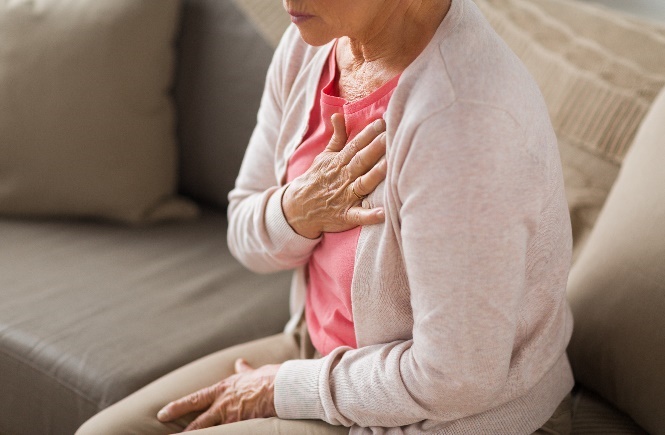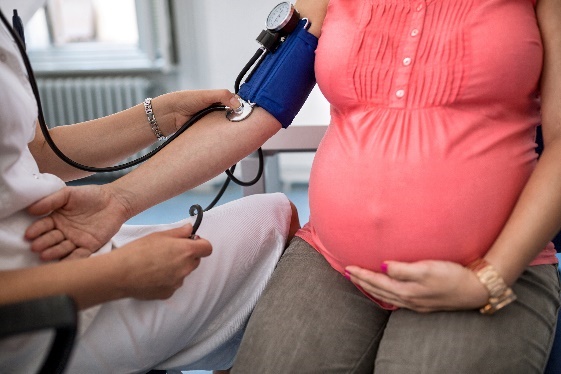Coronary artery disease and heart attack
See the link below to Her Heart, for information about how heart attack signs may differ in women:
herheart.org/heart-attack-signs-in-women

Takotsubo cardiomyopathy
Also termed a “stress-induced” cardiomyopathy (also commonly called “broken-heart syndrome”), Takotsubo cardiomyopathy is now recognised as a possible mimic of a classic heart attack. It is usually a temporary condition causing some parts of the main heart pump to become “stunned” but with rapid improvement within days or weeks.
Takotsubo cardiomyopathy is most common in post-menopausal women, and usually occurs following significant emotional or physical stress. The condition is thought to be due to the influence of the central nervous symptoms upon the heart, but the exact mechanism is not yet understood.
Although the risk of another episode is low, anxiety is common after an episode and discussion with your doctor can help you to better understand and manage your condition.
herheart.org/heart-conditions/takotsubo-cardiomyopathy
Spontaneous coronary artery dissection (SCAD)
Spontaneous coronary artery dissection occurs due to a tear within a coronary artery, leading to a reduction in blood flow through the artery, and damage to the heart muscle (heart attack).
According to the Victor Chang Institute, it is the cause of about a quarter of heart attacks in women under the age of 50 years, and is the most common cause of heart attack during pregnancy.
Some of the factors that can be associated with SCAD include pregnancy, emotional stress, hormonal treatment and some inheritable conditions such as Marfan syndrome.
Spontaneous coronary artery dissection is often treated with medication alone as spontaneous healing is very common. Less commonly, a stent or bypass surgery may be needed. Medication and careful control of blood pressure are important in reducing risk of a further episode in the longer term.
herheart.org/heart-conditions/spontaneous-coronary-artery-dissection-scad
Additional cardiovascular risk factors in women
In addition to classic cardiovascular risk factors, there are additional CV risk factors that should be actively assessed in women. These include:
- pre-eclampsia
- gestational diabetes
- premature menopause
If you have experienced any of these issues, it’s important to have all of your cardiovascular risk factors assessed regularly and actively managed by your doctor.

Cardiac rehabilitation
Although cardiac rehabilitation is an important part of recovery after a significant heart event, attendance rates for women tends to be significantly lower than for men.
Cardiac rehabilitation can offer an opportunity for education and to have any questions about your condition answered. It can also help you to feel more confident and supported in returning to exercise and managing any lifestyle factors that could impact on your heart condition. Talk to your doctor or nurse about how cardiac rehabilitation could benefit you.

